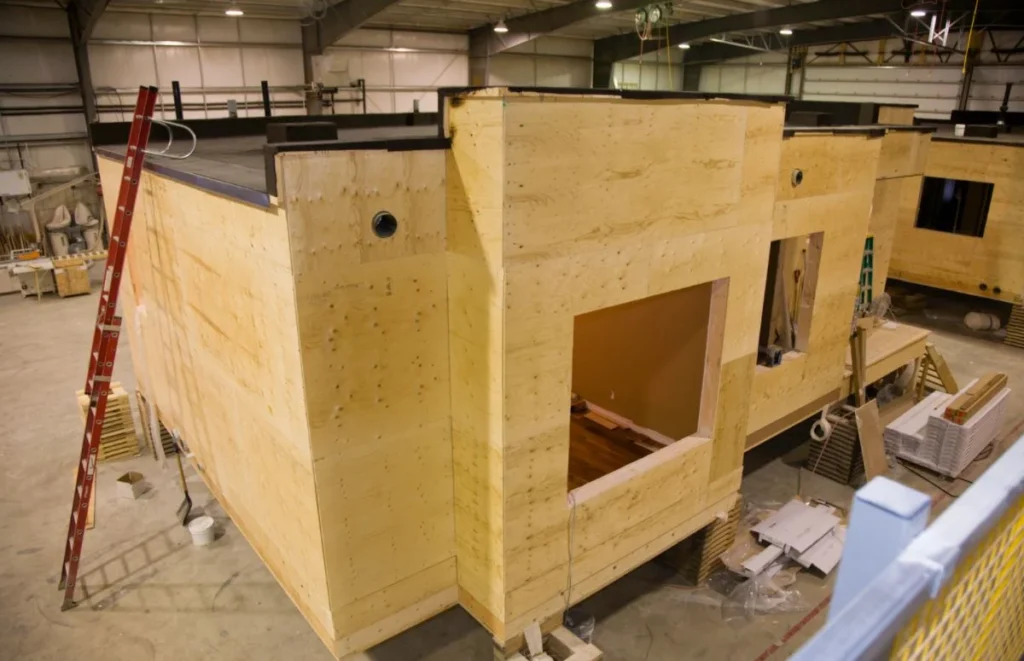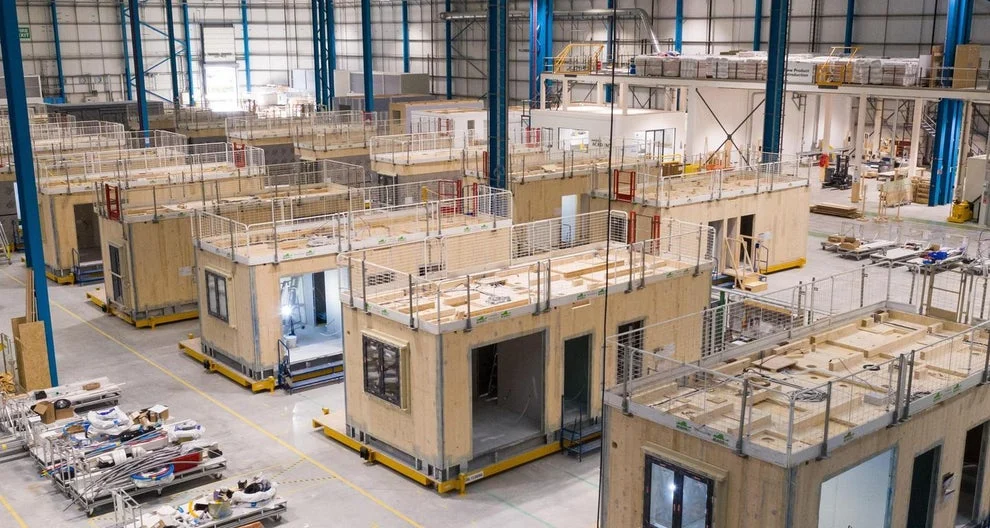The construction industry is undergoing a significant transformation, with modular homes emerging as a popular and efficient solution to meet the growing demand for housing. In Australia, modular homes are gaining traction due to their speed, cost-effectiveness, and quality. This blog explores the construction process of modular homes in Australia, detailing the timeline and the numerous efficiency benefits that make this method a compelling alternative to traditional home building.
Understanding Modular Homes
Modular homes, often referred to as prefabricated or prefab homes, are built off-site in controlled factory environments. These homes are constructed in sections or modules, which are then transported to the building site and assembled. This method contrasts with traditional stick-built homes, which are constructed entirely on-site. The modular construction process leverages advanced manufacturing techniques and technologies, offering a streamlined and efficient approach to home building.
The Construction Timeline
One of the most significant advantages of modular homes is the reduced construction timeline. Here’s a step-by-step overview of the typical modular home construction process in Australia:
Design and Planning (1-2 Months)
The process begins with designing the home. Homeowners work with architects and designers to create a customised floor plan that meets their needs and preferences. During this phase, all details, including materials, finishes, and fixtures, are finalised. Simultaneously, necessary permits and approvals are obtained from local authorities.
Factory Construction (2-3 Months)
Once the design is approved, the construction of the modules begins in a factory. This phase includes building the structural framework, installing plumbing and electrical systems, and adding insulation, windows, and doors. The controlled factory environment ensures high-quality construction, unaffected by weather delays or site conditions.
Site Preparation (1-2 Months)
While the modules are being constructed in the factory, the building site is prepared. This includes clearing the land, laying the foundation, and setting up utilities such as water, electricity, and sewage systems. Site preparation can occur concurrently with factory construction, significantly reducing the overall timeline.
Transportation and Assembly (1-2 Weeks)
Once the modules are complete, they are transported to the building site. The modules are then lifted into place using cranes and assembled on the foundation. This process is rapid, typically taking only a few days to a couple of weeks, depending on the home’s size and complexity.
Finishing Touches (1-2 Months)
After assembly, the final phase involves connecting utilities, completing interior finishes, and conducting inspections. This includes painting, flooring, cabinetry installation, and any additional custom features requested by the homeowner.
In total, the entire process from design to move-in can take as little as six months, which is significantly faster than the 12-18 months typically required for traditional home construction.

Efficiency Benefits of Modular Homes
The modular construction process offers several efficiency benefits that contribute to its growing popularity in Australia.
1. Reduced Construction Time
The most notable benefit is the reduced construction time. By simultaneously preparing the site and constructing the modules, the overall timeline is drastically shortened. This is particularly advantageous in meeting tight deadlines and addressing urgent housing needs.
2. Cost Savings
Modular homes are often more cost-effective than traditional homes. The factory-controlled environment minimises material waste, reduces labour costs, and mitigates delays caused by weather or other unforeseen factors. Additionally, the streamlined process reduces the need for multiple contractors, further lowering expenses.
3. Consistent Quality
Factory construction ensures a consistent level of quality across all modules. The controlled environment allows for precise measurements and adherence to strict quality standards. Each module undergoes rigorous inspections before leaving the factory, ensuring the final product is of the highest quality.
4. Environmental Benefits
Modular homes are inherently more sustainable. The factory setting allows for better waste management and recycling of materials. Additionally, the efficient use of resources and reduced transportation emissions contribute to a smaller carbon footprint compared to traditional construction methods.
5. Customisation and Flexibility
Despite the standardised construction process, modular homes offer a high degree of customisation. Homeowners can choose from various designs, layouts, and finishes to create a home that reflects their unique style and needs. This flexibility extends to future modifications, as modular homes can be easily expanded or reconfigured.
6. Improved Safety and Working Conditions
Building modules in a factory setting enhances worker safety and working conditions. The controlled environment reduces exposure to hazardous weather conditions and minimises the risks associated with on-site construction. This leads to fewer accidents and a more efficient workforce.
Challenges and Considerations
While the benefits of modular homes are significant, there are some challenges and considerations to keep in mind:
- Transportation Logistics: Transporting large modules from the factory to the building site can be complex and may require special permits and coordination.
- Site Accessibility: The building site must be accessible for cranes and other heavy machinery used in the assembly process.
- Local Regulations: Navigating local building codes and regulations can be challenging, particularly in areas with stringent zoning laws.
Summary
Modular homes represent a modern and efficient approach to home building in Australia. The streamlined construction process, reduced timeline, and numerous efficiency benefits make modular homes an attractive option for homeowners and developers alike. As the demand for sustainable and affordable housing continues to grow, modular homes are poised to play a crucial role in shaping the future of the Australian housing market.
By embracing modular construction, Australia can address housing shortages, reduce environmental impact, and provide high-quality, customisable homes that meet the diverse needs of its population. Whether for urban developments, rural communities, or disaster recovery, modular homes offer a versatile and efficient solution for modern living.
